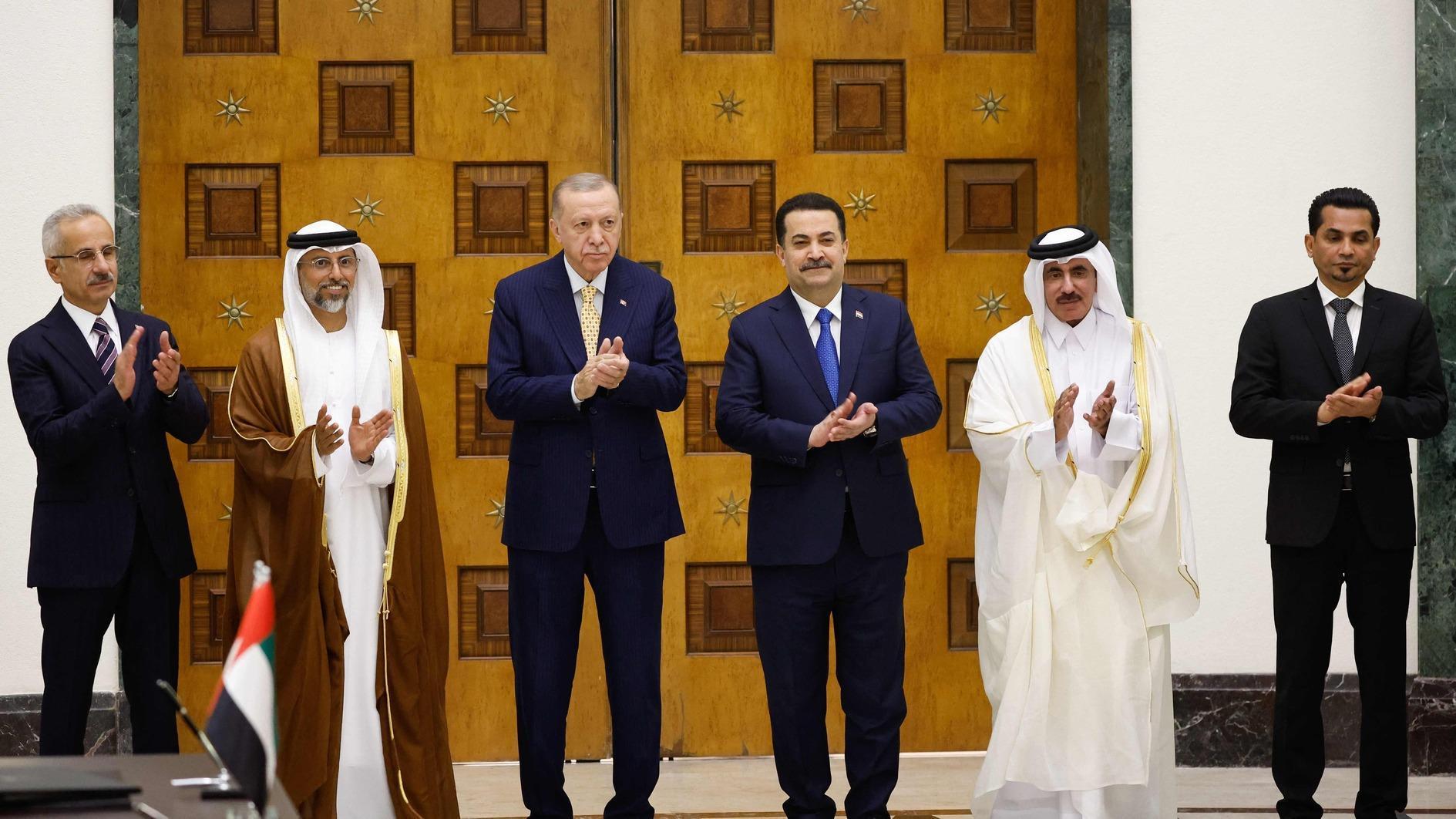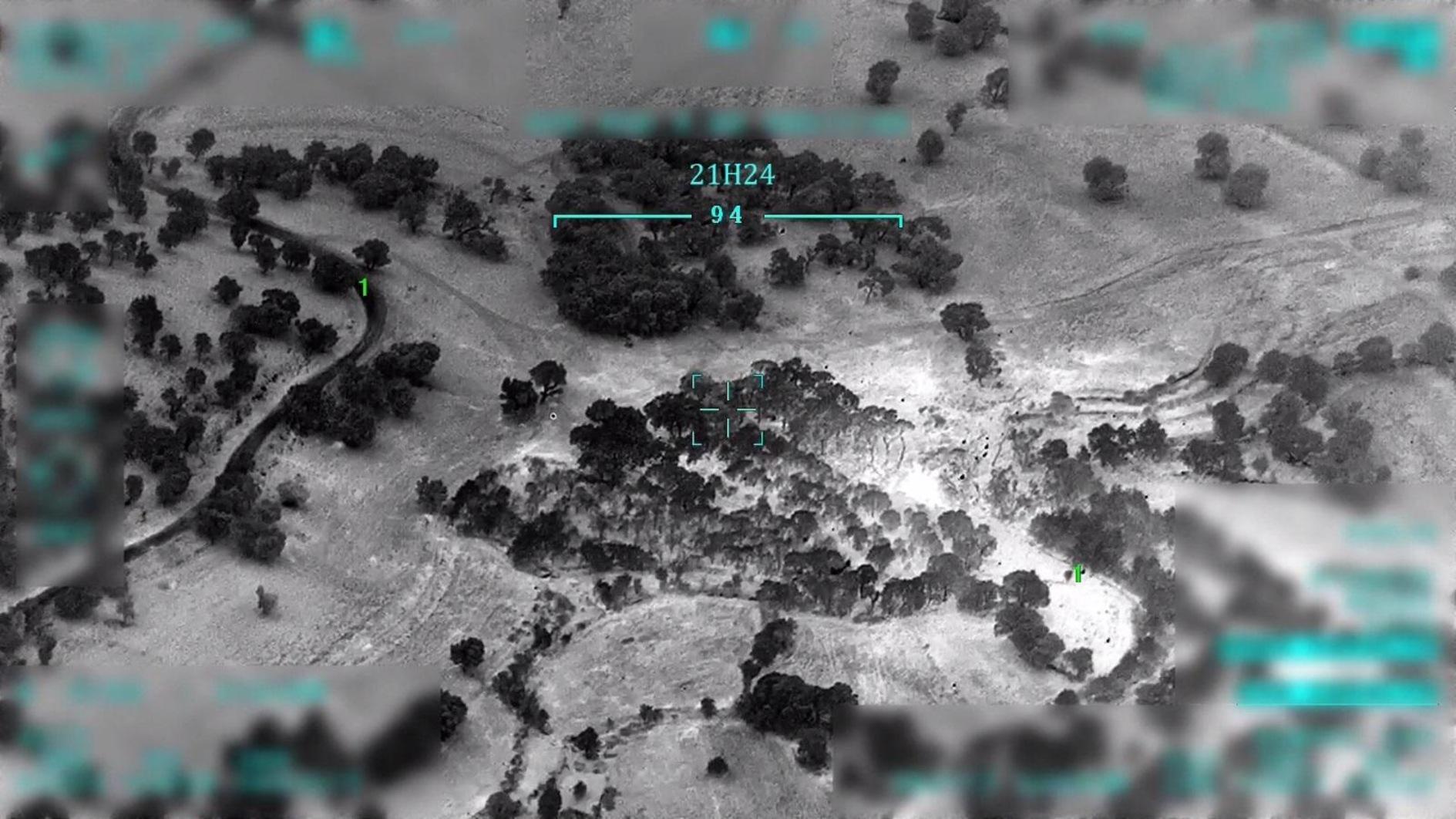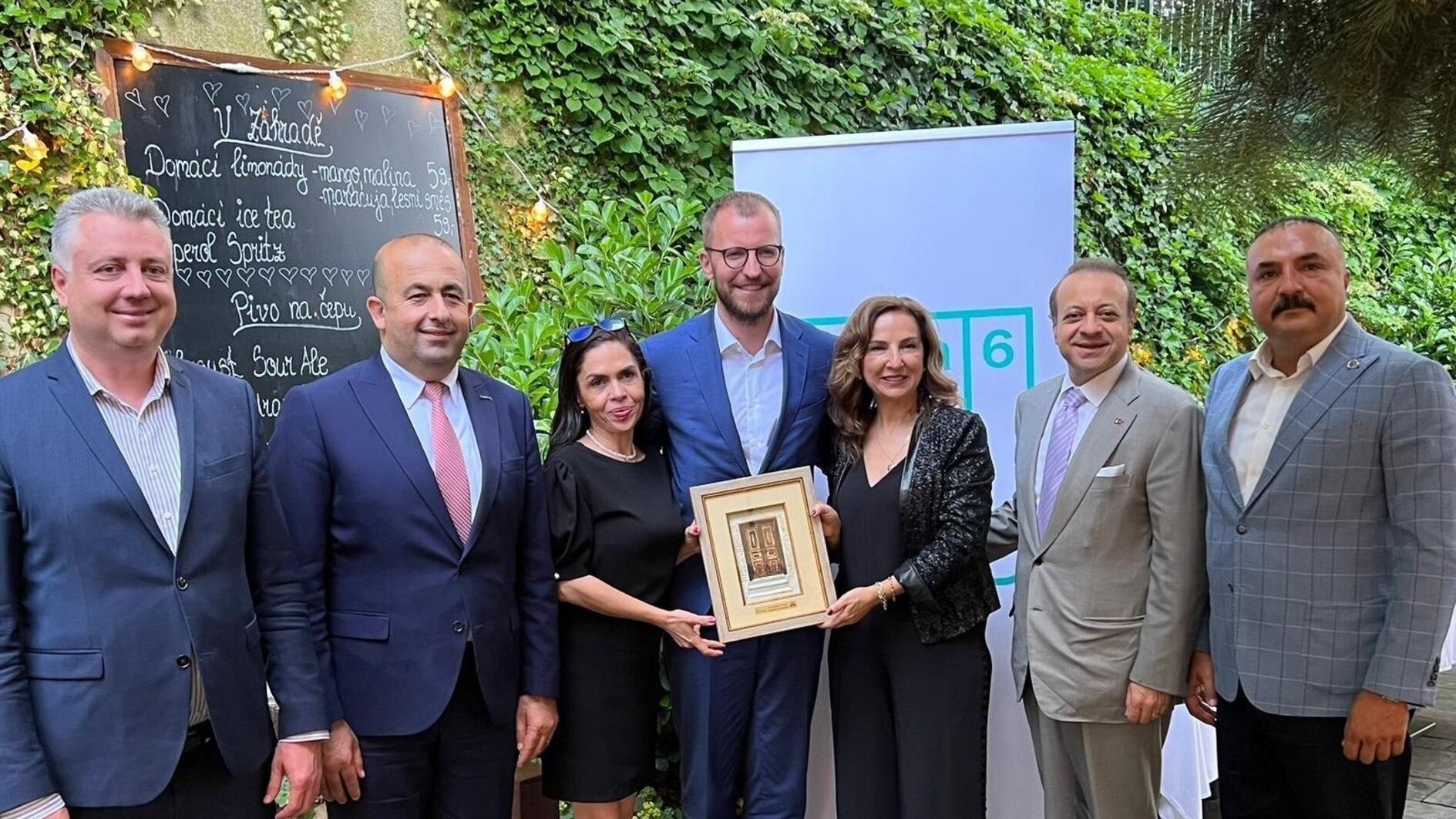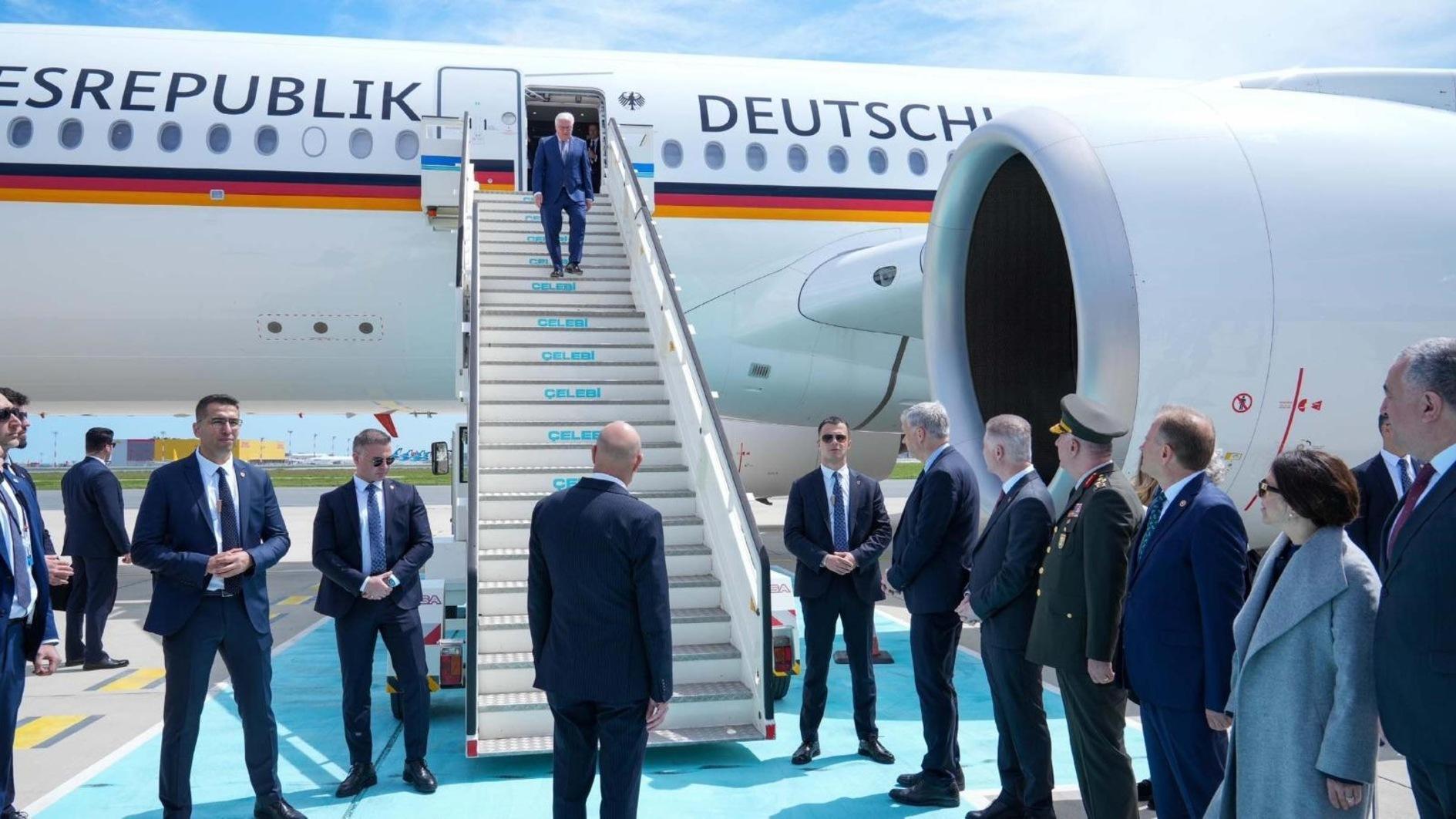A mosque in Munich
William ARMSTRONG - william.armstrong@hdn.com.tr
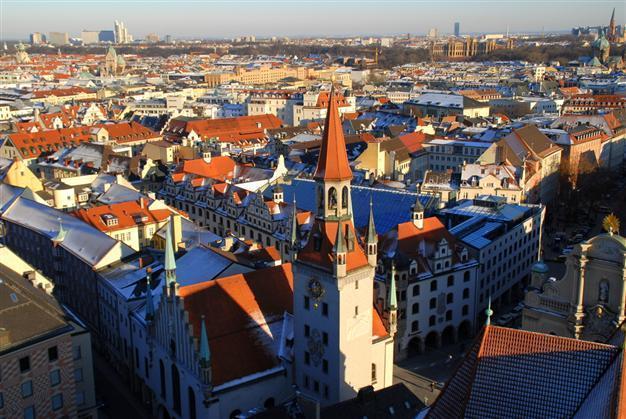 ‘A Mosque in Munich: Nazis, the CIA, and the Rise of the Muslim Brotherhood’ by Ian Johnson (Mariner Books, 336 pages, $16)
‘A Mosque in Munich: Nazis, the CIA, and the Rise of the Muslim Brotherhood’ by Ian Johnson (Mariner Books, 336 pages, $16)Everyone knows by now about U.S. backing for the mujahedeen in Afghanistan against the Soviet Union in the 1980s - Exhibit A for those shaking their heads at Washington’s foreign policy blunders in the Muslim world. Rather less widely known, at least until this book was written by former Wall Street Journal reporter Ian Johnson, was how that support had precedents at the start of the Cold War in post-World War II Europe, when U.S. and German intelligence jostled for influence over various Muslim groups as anti-communist instruments to undermine the USSR. With a cast including Nazis, the CIA, the German intelligence agency, the Muslim Brotherhood, and a host of flamboyant individual characters, the subject matter certainly makes for a spectacular title. But although Johnson’s deeply researched book often yields surprises, it is generally less sensational than its blurb might suggest. Nevertheless, it does provide lessons that remain valid about the perils of trying to co-opt hard-line Muslim groups to pursue broader Western policy goals.
 Johnson begins the tale back in the war, when the Nazis recruited proxy forces from the Muslims of Central Asia and the Caucasus to fight the Soviets on the Eastern Front. After hostilities ended, many ex-soldiers of these units found themselves living in West Germany, as did other Nazi collaborators from the Soviet Union’s Muslim regions and those who were able to flee Stalin’s Russia. Before long, the attention of post-war German and U.S. intelligence agencies would turn to these groups as intelligence sources and voices in the West’s propaganda war against the godless communist bloc behind the Iron Curtain. Many ended up working for Radio Liberty, a broadcast arm of the U.S. government which, among other things, was trying to exploit minorities as the Soviets’ Achilles heel. Meanwhile, the U.S. president’s “Eisenhower Doctrine” proposed in 1957 recommended armed intervention in the Middle East against Soviet aggression, actual or threatened. In the same year, the CIA’s Operations Coordinating Board established an “Ad Hoc Working Group on Islam,” passing a plan of action with a dozen recommendations for strengthening ties with Islamic organizations, especially those with a strong anti-communist bent.
Johnson begins the tale back in the war, when the Nazis recruited proxy forces from the Muslims of Central Asia and the Caucasus to fight the Soviets on the Eastern Front. After hostilities ended, many ex-soldiers of these units found themselves living in West Germany, as did other Nazi collaborators from the Soviet Union’s Muslim regions and those who were able to flee Stalin’s Russia. Before long, the attention of post-war German and U.S. intelligence agencies would turn to these groups as intelligence sources and voices in the West’s propaganda war against the godless communist bloc behind the Iron Curtain. Many ended up working for Radio Liberty, a broadcast arm of the U.S. government which, among other things, was trying to exploit minorities as the Soviets’ Achilles heel. Meanwhile, the U.S. president’s “Eisenhower Doctrine” proposed in 1957 recommended armed intervention in the Middle East against Soviet aggression, actual or threatened. In the same year, the CIA’s Operations Coordinating Board established an “Ad Hoc Working Group on Islam,” passing a plan of action with a dozen recommendations for strengthening ties with Islamic organizations, especially those with a strong anti-communist bent.The mosque in the book’s title is the Islamic Center of Munich, which started out as a humble community center for Central Asian Muslim refugees in Germany after the war. In subsequent years, however, it would develop to become a hub for U.S. and German governments and several prominent Muslims to jostle for influence at the center of Europe. The U.S. placed its bets with Said Ramadan, one of the leaders of the Muslim Brotherhood exiled by the Nasser regime in Egypt, who is today better known as the father of prominent Swiss Muslim intellectual Tariq Ramadan. The elder Ramadan eventually emerged as the authority at the top of the mosque, which although very humble (it was originally located next to a rubbish tip) ended up becoming the controversial center of a wide range of Islamist activity across Europe, “a center of international Islamism” in Johnson’s words.
The CIA’s pas de deux with the Muslim Brotherhood is certainly interesting and less well-known than many other Western flirtations with controversial Islamic groups, but Johnson’s book doesn’t really deliver any knock-out revelations. Instead, the more prosaic truth is that the two were simply using their relationship to further their own interests - the CIA to mobilize Muslims against the Soviet Union, and the Brotherhood to secure what Johnson describes as a “beachhead in the West.” What’s more, Western support, while important, was probably not decisive in the global rise of the Brotherhood, which would probably have risen to prominence even if its leaders had been confined to Egypt. Either way, the Brotherhood moved beyond its use for the CIA fairly quickly, and the U.S. steadily lost interest as the Cold War cooled down through the 1970s and 80s. As a result, the story told by Johnson rather peters out, so he instead decides to conclude the book with a few chapters detailing the controversial activities of the Muslim Brotherhood in Europe in recent decades.
“A Mosque in Munich” could just as well have set the scene two centuries ago, when Russian expansionism threatened Europe and British officials sought to stoke the Islamic energy of the Ottoman Empire in response. Indeed, attempts by various Western powers to harness Islam to their own interests have a long and potted history. Ad hoc decisions taken to meet particular exigencies can leave a complicated legacy, and what may seem necessary at one juncture is certain to throw up a whole new set of challenges when the paradigm changes. That’s a serious warning to policymakers in today’s even more fraught environment.


